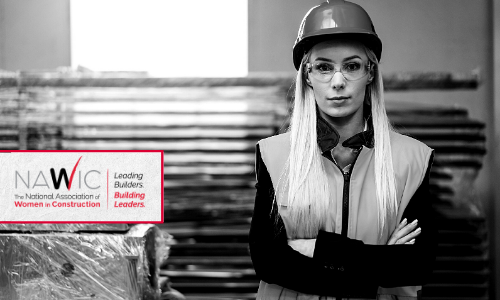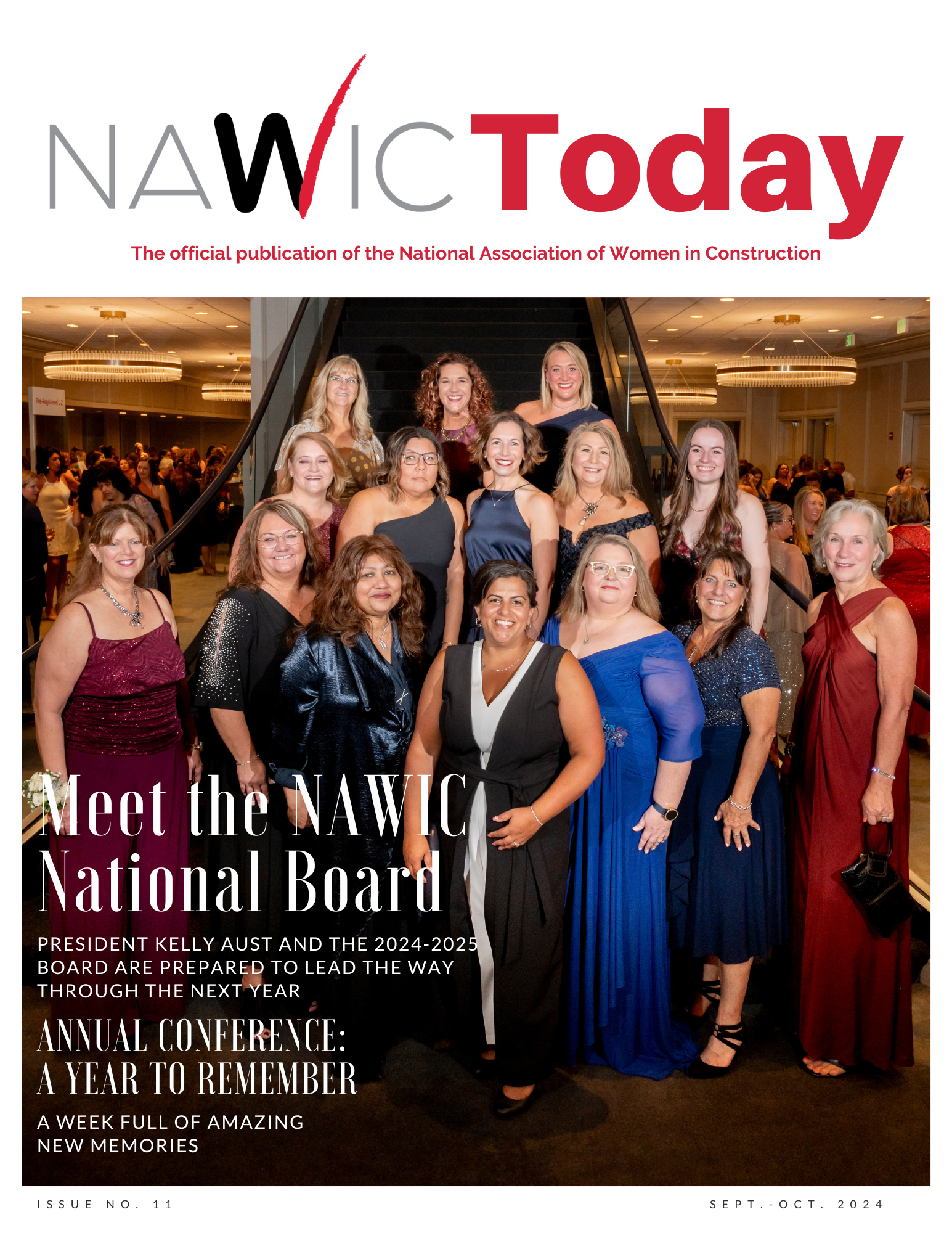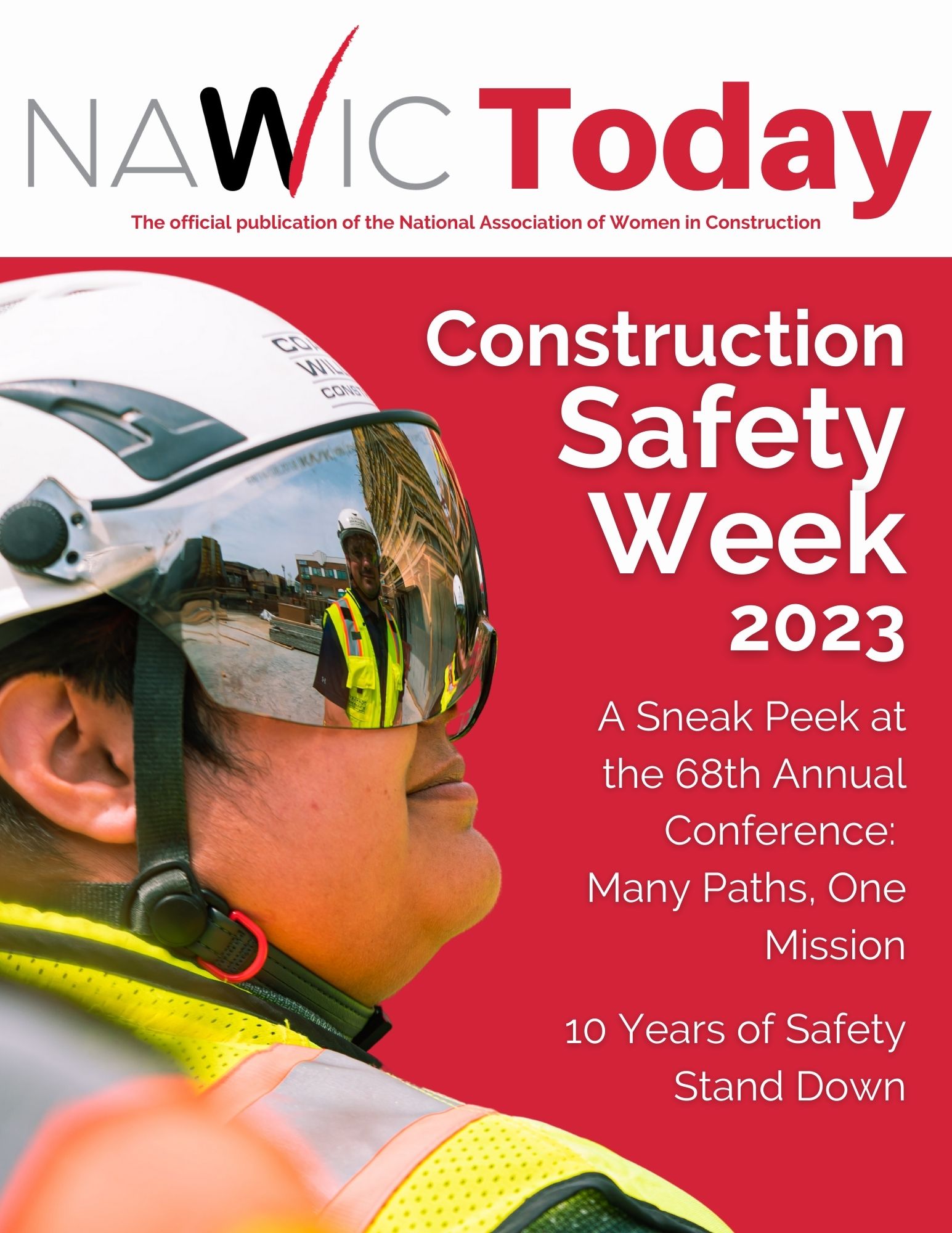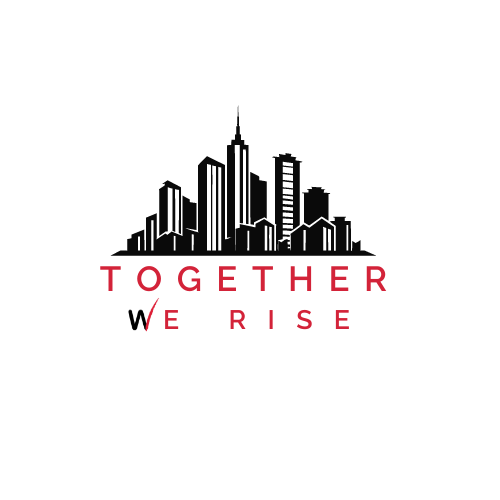Famous Projects Led by Construction Women

Famous projects led by construction women
Although it’s true that construction women currently only make up just under 10% of the construction industry job force, that doesn’t mean their presence hasn’t been felt within some monumental construction projects. From skyscrapers to demolitions, there have been a range of famous projects where construction women have either been leading the jobsite efforts or played a critical role in their design. Read on to learn about the construction women who left their mark on some of the most important, expensive, and well-known construction projects today.
New York City’s High Line
The High Line in New York City is one of the biggest attractions to both tourists and natives throughout all of Manhattan. And in a city full of famous tourist attractions, that’s saying a lot. The massive outdoor feature – part public park, part walking trail, part sight-seeing spectacular – was designed in part by Elizabeth Diller of the Diller Scofidio + Renfro firm, in which Elizabeth is a founding partner. Winning the bid over several other firms for the partially-government-funded project, the High Line took 10 years to complete and cost over $152 million dollars to construct. While that’s a hefty price tag, it’s not the only multi-million dollar project that Elizabeth has had a hand in designing. She was also tapped for the design of London’s Centre for Music and the recent MoMa expansion.
St. Regis Chicago
Chicago is known for quite a few attractions, but the city also houses one particular building that made history for construction women. Formally known as the Wanda Vista Tower, the 191-story St. Regis skyscraper was designed by Jeanne Gang and combines three other buildings to make the massive tower. While it’s Chicago’s third tallest building, it’s the tallest building in the world designed by a woman. The St. Regis is a mixed-use building, featuring a hotel and luxury residences – some of which will go for as much as $18.5 million.
The Brooklyn Bridge
Emily Warren Roebling is one of history’s most well-known construction women, often credited as being one of the first female engineers. Emily’s husband, Washington Roebling, was leading the construction of the Brooklyn Bridge when he became ill from the project’s harsh working conditions. To ensure that the project continued without delay, Emily became a liaison between her ailing husband and the rest of the team, taking as many notes as she could on all that needed to be completed with the project. She began studying the technicalities of the project, cable construction, strength of materials, and more to be able to direct people on the jobsite as effectively as her husband had done. After the Brooklyn Bridge was completed in 1883, Emily’s name was so synonymous with the project that she was awarded the first ride with President Chester Arthur across the bridge. She went on to take over all social obligations for her husband and joined famous civic organizations such as the Daughters of the American Revolution and the Huguenot Society, all while earning a law degree and continuing her studies in mathematics and science. Thanks to her perseverance within a predominately male field, she helped to pave the way for all construction women.
Trump Tower, NYC
Another of Manhattan’s famous buildings, Trump Tower was constructed in the 1980’s after the Trump Organization purchased the lease from the previous tenant. To lead the project, Donald Trump hired Barbara Res as the construction executive overseeing all aspects of each stage of the build. This hire made Barbara the first woman to manage a major New York City construction project. In recent years, Barbara has spoken out about her time overseeing the Trump Tower project, noting that she felt her involvement in the construction was exploited by Donald Trump’s claims that he helped her to “break the glass ceiling” with her hire. Barbara has since written a book noting her experiences with sexism and other difficulties throughout the Trump Tower build, titled, “All Alone on the 68th Floor.”
The demolition of 99 Hudson Street, NYC
Not all construction projects involve building. Some projects, as Evergreen Construction owner Barbara Kavovit can attest, are just as gratifying when being destroyed. 99 Hudson Street in New York City was most recently occupied by the production company of the late Harvey Weinstein, who was publicly convicted of multiple counts of sexual assault. When Barbara Kavovit received a call asking her company to bid on the building’s demolition, she worked tirelessly to win the business as a victory for all women around the world who have ever had to endure sexism, assault, or disrespect from male colleagues. Barbara brought on a women-led team, including a 35% female demolition crew, to bring the building down. She even took a hammer to a few of the walls herself, stating that “It was a shift [in the industry] to me that as a woman-owned business we got hired to take down Harvey Weinstein’s offices.” The new offices that have been built in its place were designed with transparency in mind, giving a feeling of openness and inclusivity.
The National Association of Women in Construction now has over 117 local chapters across the United States, which makes it very easy for female builders to connect with our network of professionals. Membership is open to all construction women and NAWIC is able to provide members with amazing resources to help them gain confidence in their abilities and develop more leadership skills. Any female builders interested in becoming a NAWIC member can apply for membership by using either the online form or downloadable application to fill out and mail in – both of which are available on the NAWIC website. There are also several membership options available with flexible pricing and membership terms. To learn more about the female builders and powerful construction women involved in NAWIC or if you have any questions about membership, contact us through our social media pages.





